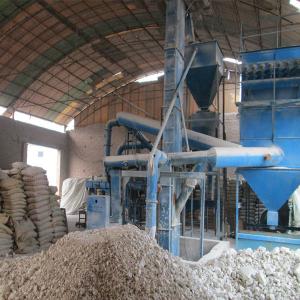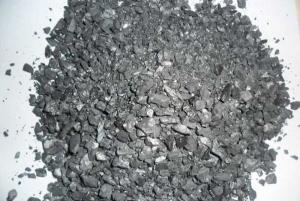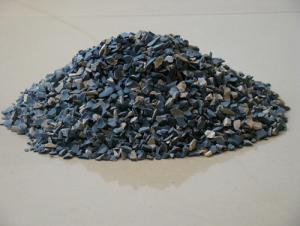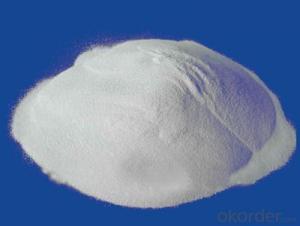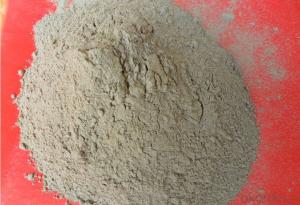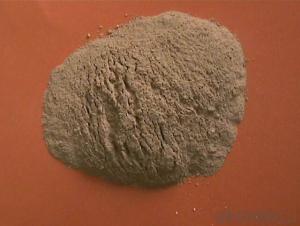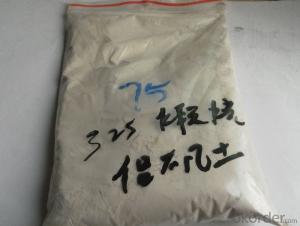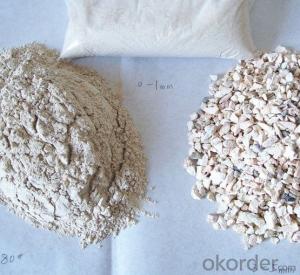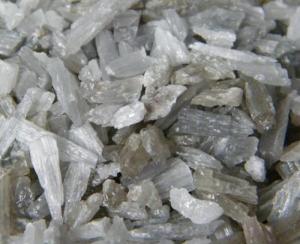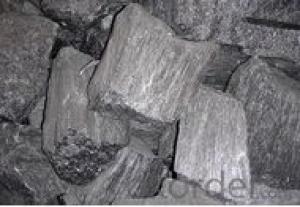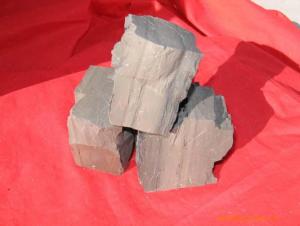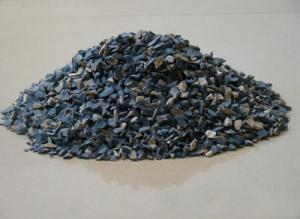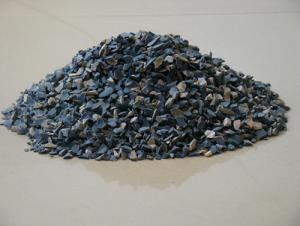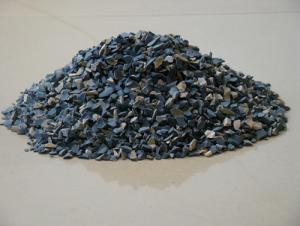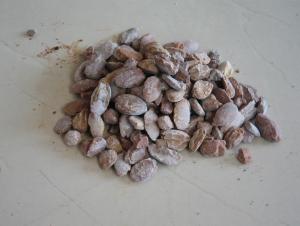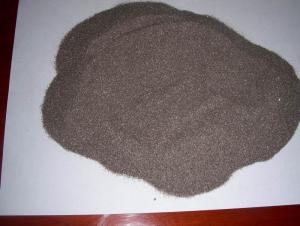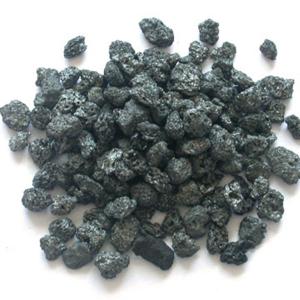Fused Mullite 75 Raw Materials for Refractory
- Loading Port:
- China Main Port
- Payment Terms:
- TT or LC
- Min Order Qty:
- 20 Metric Ton/Metric Tons m.t.
- Supply Capability:
- 2000 Metric Ton/Metric Tons per Month m.t./month
OKorder Service Pledge
OKorder Financial Service
You Might Also Like
Quick Details of Fused Mullite:
Fused Mullite is produced by melting mixed pure quartz sand and industrial alumina in huge electric arc furnace .With the high content of mullite crystal, high melting point, excellent thermal stability, low reversible thermal expansion and resistance to thermal shock and chemical corrosion at high temperature, the fused mullite can be widely used as lining bricks in glass body kiln and large hot wind furnace in iron-making blast furnace, as well as in ceramic kiln and performance.
Specifications of Fused Mullite 75 :
| Chemical/Physical Analysis | WFM75 |
| Al2O3(%) | 70-77 |
| SiO2(%) | 22-29 |
| Fe2O3(%)Max | 0.5 |
| TiO2(%)Max | 0.1 |
| Na2O+K2O(%)Max | 0.4 |
| Apparent Porosity(%)Max | 4 |
| Bulk Density (g/cm3)Min | 3.05 |
| Refractoriness(℃)Min | 1850 |
Description of Fused Mullite 75:
Fused Mullite is produced by melting mixed pure quartz sand and industrial alumina in huge electric arc furnace .With the high content of mullite crystal, high melting point, excellent thermal stability, low reversible thermal expansion and resistance to thermal shock and chemical corrosion at high temperature.
Applications of Fused Mullite 75:
Fused Mullite 75 is used in the manufacture of refractory, investment cast, ceramic and electronic products where hot strength, resistance to spalling, and low thermal conductivity are important factors.
Packaging&Delivery:
Packaging Details : 1mt big bag or according to customers' requirements
Delivery:7-15 workdays after the order is confirmed
Competitive Advantage of Our Fused Mullite 75:
1.High purity
2.Competive price
3.Timely delivery and service
4.Hot oversea sales
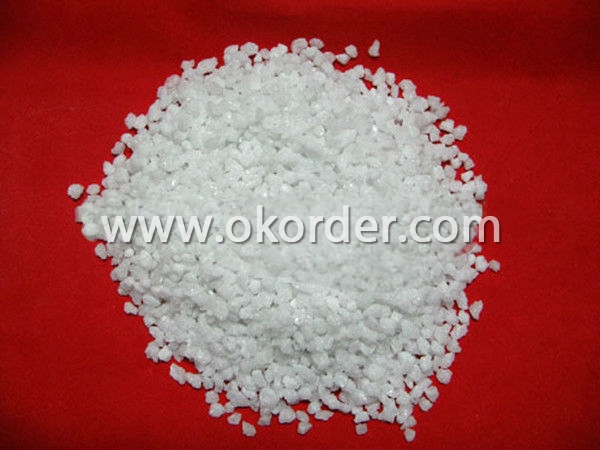

- Q: What problems should be paid attention to while using refractory materials under a controlled atmosphere?
- Pay attention to the performance of the materials, and the use of non oxide materials!
- Q: The mechanism and function of antioxidants in carbon containing composite refractories are briefly described.
- Mechanism analysis of silicon actionWhen silica fume is added to the carbon composite refractory, the phase changes and chemical changes are as follows:<1> Si (s) +C (s) =SiC (s) Delta G ~ =-522+1.50T (kJ)<2> Si (s) +MgO (s) =Si (g) +Mg (g) Delta G ~ =203.9-0.13T (kJ)<3> 2Si (s) +CO (g) =SiC (s) +SiO (g) Delta G ~ =-963.2+0.31T (kJ)<4> SiC (s) +CO (g) =SiO (g) +2C (s) Delta G ~ =81.47-0.15T (kJ)<5> SiO (g) +CO (g) =SiO2 (s) +C (s) Delta G ~ =-668.8+0.33T (kJ)From the above diagram and the reactions seen at high temperatures has joined the Si SiO and Mg volatiles, but <4> and <5> reaction have played a role in inhibiting carbon oxidation, and the condensation of SiO2 to a certain extent the role of protective film.The total reaction process is CO reduction to C, and there is a certain volume expansion, so that the pores are blocked and the density of bricks is increased. Therefore, the oxidation resistance of brick is improved.
- Q: How long is the fire resistant limit for ultra thin fire retardant coating?
- There is no detailed stipulation for ultra-thin fire retardant coating, and the thickness of the inside is the fire resistance limit shall reach certain time(at least). In engineering, the thickness of the fire retardant coating is generally determined according to the manufacturer's testing report. We use thin fire retardant coating for steel structure: if the fireproof limit is 2.5 hours. the thickness should be 4.9mm. If fire-resistant limit is 2 hours, the thickness shall be 3.5mm. If the refractory limit is 1.5 hours, the thickness shall be 1.75mm. If the limit is 1.0, the thickness is 1.17mm hope my answer can help you
- Q: What are the specifications of fire resistant bag?
- Mesh number, namely hole number, refers to the hold number in each square inch. 5o mesh refers to 50 holes in each square inch and 500 mesh 500 holes. The larger the mesh number is, the more the holes are. The larger the mesh number is, the smaller the hole aperture is. Generally speaking, mesh number× aperture (microns) = 15000. For example, the aperture of a sieve of 400 mesh is about 38 microns; the aperture of a sieve of 500 mesh is about 30 microns.
- Q: Who knows about the grade C fireproof door materials?
- I am happy to answer your questions. Wood or steel materials are usually used. The new national standard fire doors: According to the enacted GB12955-2008, the fire endurance of grade C fire doors is 0.5 hours and that of grade A and B are 1.5 hours and 1.0 hours respectively. I hope my answer can help you.
- Q: What's the B grade fireproofing material?
- Grade B: rubber and plastic, extrusion molding, polyphenyl, PEF. organics, extruded sheet, polyphenyl board, phenolic resin. Hairong modules (thermal insulating and fireproof material) can reach grade B1 in fireproof performance.
- Q: Who can introduce the external wall thermal insulation materials fire rating regulations?
- External wall thermal insulation materials fire rating regulations, 1, the height of a building is greater than or equal to 100m , the combustion performance of insulation materials should be level A; 2, the height of a building is greater than or equal to 60m but less than 100m, the combustion performance of insulation materials should not be less than the level B2. When using level B2 thermal insulation material, every layer should set horizontal fire barrier zone 3,The height of building is be equal or greater than 24m but less than 60m, the combustion performance of thermal insulation material should not be less than the level B2. When using level B2 insulation material, each two-layer should set fire barrier zone ; 4, the height of building is less than 24m, the combustion performance of insulation materials should not be less than the level B2. Besides, when using level B2 thermal insulation material, each three-layer should set a horizontal fire barrier zone.
- Q: Fire insulation and fireproof insulation board materials What is the difference in performance?
- Fireproof Materials prevents burning through insulating while others by chemical reactions. The overall heat conductivity coefficient of Insulation materials are generally lowered by thermal conductivity of the material itself and the structure of it. Inorganic active insulation material uses ordinary cement, insulation stone, calcium powder, Platycodon grandiflorum as the main raw material.
- Q: What are the refractories for converter?
- Analysis of refractories are as follows: MgO-C brick converter Dongxin refractory furnace cap, steel tapping hole, shaft, shaft, pool, air brick
1. Manufacturer Overview
| Location | Tianjin,China |
| Year Established | 2006 |
| Annual Output Value | Below US$1 Million |
| Main Markets | Mid East;Western Europe;Japan;North America |
| Company Certifications | The Authentication certificate of Quality Management system |
2. Manufacturer Certificates
| a) Certification Name | |
| Range | |
| Reference | |
| Validity Period |
3. Manufacturer Capability
| a) Trade Capacity | |
| Nearest Port | Tianjin |
| Export Percentage | 61% - 70% |
| No.of Employees in Trade Department | 50 People |
| Language Spoken: | English;Chinese |
| b) Factory Information | |
| Factory Size: | Above 300,00 square meters |
| No. of Production Lines | Above 5 |
| Contract Manufacturing | Design Service Offered |
| Product Price Range | Average |
Send your message to us
Fused Mullite 75 Raw Materials for Refractory
- Loading Port:
- China Main Port
- Payment Terms:
- TT or LC
- Min Order Qty:
- 20 Metric Ton/Metric Tons m.t.
- Supply Capability:
- 2000 Metric Ton/Metric Tons per Month m.t./month
OKorder Service Pledge
OKorder Financial Service
Similar products
Hot products
Hot Searches
Related keywords
